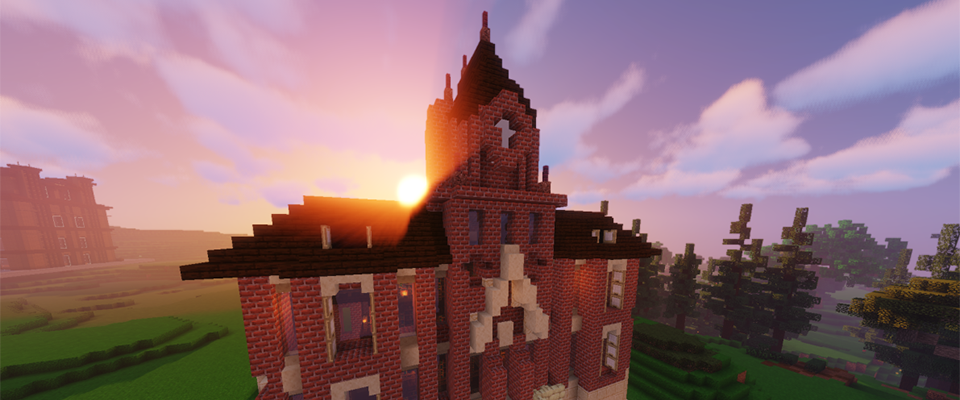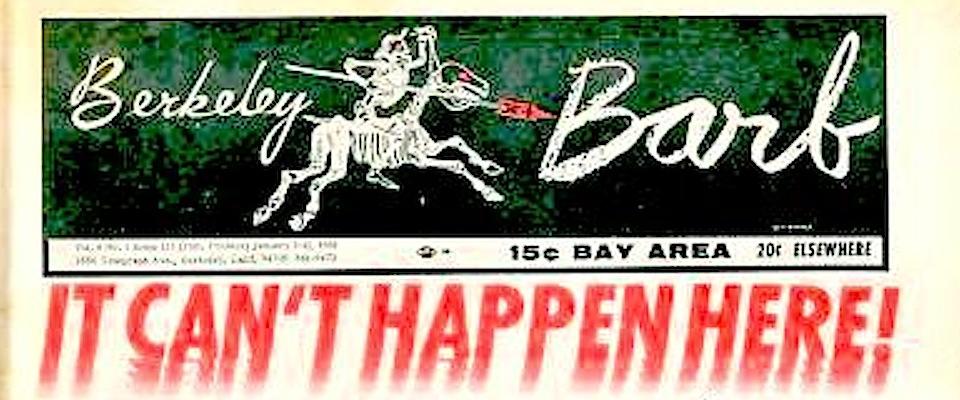Managing an archive is like herding cats: You think everything is moving in the right direction, and suddenly you’re out wandering around the suburbs, looking for a lost tabby—or in the case of the archivist, the dusty stacks in search of some elusive source material.
In short, both endeavors take time, dedication, and a tolerance for detail. And in the case of the archivist, a pretty good chunk of change as well. Collecting and collating the papers of a historically significant person isn’t cheap. Prominent universities typically have picked up the tab, UC Berkeley among them. And such projects certainly add luster to any institution’s reputation. Berkeley’s Mark Twain collection has garnered massive attention from both academe and regular folks for whom Huck and Jim remain cultural touchstones.

But as we all know, times are tough for the public university, with state funding contributing a far smaller percentage of the University of California system’s costs than it did a few decades ago. Most programs have gotten a haircut—and some have suffered decapitation. Such is the fate of the Emma Goldman Papers Project.
At stake is the paper trail substantiating the life, thought and work of Goldman, a pivotal figure in the anarchist movement and one of America’s ur-feminists. Started back in 1980, it was initially funded by a grant from the National Historical Publications and Records Commission of the National Archive.
“I was chosen as director because I wrote Love, Anarchy & Emma Goldman,” says Candace Falk, who has supervised the project from the beginning. “It got a very high-profile reception, and because it addressed a lot of difficult issues such as free love, it generated quite a bit of controversy—like Goldman herself.”
Given UC Berkeley’s limited funds, “every dollar we devote (to Goldman) is a dollar that can’t go elsewhere, to other deserving projects.”
When she signed on, Falk thought the program might take two years. But the reality of the archival process soon intruded. Today, 35 years later, the project is almost completed. Three volumes of research have been published, and the fourth and final volume is tentatively scheduled for publication this year.
“This form of historical work—well, it’s not to be believed how much time it takes,” says Falk. “You have to locate and organize material, identify all the people mentioned in it, fact-check and annotate. We use secondary archives, so that means getting permission from other archival directors and heirs. Our experience isn’t unique, by the way. It took 50 years to research and publish Thomas Jefferson’s pre-presidential papers—just the material generated prior to his taking office.”
Of course, decades of research requires decades of support. Certainly Falk has her champions, including UC Berkeley emeritus history professor and National Book Award and Pulitzer Prize recipient Leon Litwack, who served as the Goldman project’s principal investigator.
“He has a personal as well as a scholarly interest in Goldman,” Falk says. “His mother and father met when they heard Goldman speak at an event held on Mount Tamalpais by an anarchist vegetarian hiking club.”
Berkeley has hardly been parsimonious in regard to the Goldman papers; it devoted $1.2 million to the project over the years. But it pulled most funding in 2003. And this month, the university officially disassociated itself from the project, sending Falk a “letter of non-reappointment” that kicked her from the Institute of International Studies, where she and her associates work. She sounds more wistful than angry about the latest development.
Emma Goldman “made people uncomfortable. I find it ironic that the university is celebrating the 50th anniversary of the Free Speech Movement while it simultaneously disassociates itself from a foremost champion of free speech.”
“I was offered a professorship when I started this project, but I didn’t take it because I wasn’t a careerist and I wanted to focus on the papers,” she says. “That was probably a mistake. I have a strong sense that this work isn’t appreciated as it should be because I’m not a faculty member. I just feel I’ve never had the institutional support I would’ve had if I had been on the faculty. And that’s really a shame, not for me, but for the papers. There are very few extensive archives on anarchism. People who’ve worked here, who’ve researched the papers, wax poetic about them. Over the years, they’ve launched hundreds of academic careers. ”
Indeed, many of her protégés past and present are now rallying to her standard. That includes Sara Weissman, a third-year undergraduate history major who wrote a letter in support of the Goldman project:
I can’t say how much I owe this project… I learned more about primary document research and analysis than I ever would have in my formal higher education… Dr. Falk guided me in pursuing a research topic of my choosing, Goldman’s Jewish identity from 1917 to 1919: her own perception of its influence on her radical politics and the degree to which it informed others’ perceptions of her. The combination of Dr. Falk’s guidance and the freedom to explore Emma Goldman’s history from an angle I chose made for an unforgettable learning experience.
But more importantly, the Emma Goldman Papers introduced me to a new world, Goldman’s world: a world of passionate, unrelenting struggle for the rights of women, workers, immigrants, and radicals. A new intellectual world concerned with what it means to be an anarchist, what it means to fight for free speech. The world of World War I America where speaking out against conscription, as a naturalized citizen, could be grounds for jailing and deportation. As I researched Goldman’s life and wrote footnotes for the fourth volume of Emma Goldman: The American Years, I learned about all kinds of other aspects of the period along the way: the Russian Revolution, the British government’s treatment of conscientious objectors, the philosophies of great anarchist thinkers, and the work of the IWW. Ultimately, the project has been an inextricable part of my academic education as a History student…
Berkeley Associate Chancellor Nils Gilman acknowledges the significance of the Goldman archives, but says the situation isn’t exactly how Falk describes it.
“I’m afraid Dr. Falk has made this a bit adversarial,” he says, “and we need to put things into some historical perspective. Since the project began, state support for the university has been slashed. So now, all research projects must find their own basis of support. Our current approach is to provide seed funding, but we make it clear that it comes with a time delimitation—typically three to five years. By contrast, the university provided financial support for the Goldman project for 25 years. Great work has been done, not only in terms of real and tangible scholarly output, but also the invaluable archival experience provided to graduate students—they’ve been able to learn firsthand how archives are organized.”
“We’re not making invidious comparisons between one archival source and another, nor are we trying to figure out ways to defund Goldman and fund Twain, or vice versa. That’s not what we do.”
Still, continued Gilman, “throughout the entire period, Dr. Falk repeatedly stated that completion of the project is only a few years away. That makes it difficult for us to assess how long we should support it. And with our limited funds, every dollar we devote (to Goldman) is a dollar that can’t go elsewhere, to other deserving projects.”
The Goldman project inevitably has drawn comparisons to Berkeley’s Mark Twain archives, and Falk has mused over the university’s differing enthusiasm for the two projects.
“I understand that the Twain archives are primary source material, while ours rely heavily on secondary sources,” she says. “In terms of real dollar value, that makes a difference. But I also can’t help but feel it’s also a matter of who Goldman was—a deported anarchist, a vocal woman. She made people uncomfortable. I find it ironic that the university is celebrating the 50th anniversary of the Free Speech Movement while it simultaneously disassociates itself from a foremost champion of free speech.”
Gilman firmly disputes that analysis.
“It’s simply not true,” he says. “We’re not making invidious comparisons between one archival source and another, nor are we trying to figure out ways to defund Goldman and fund Twain, or vice versa. That’s not what we do.”
At this point, Falk says, she’s just trying to scrape up enough money to bring the project across the finish line.
“After that, I have to find a good home for the papers,” she says. “Someplace where they’ll be both safe and appreciated.”
The documentary “Emma Goldman: An Exceedingly Dangerous Woman,” which aired as an “American Experience” program on PBS, offers a variety of perspectives on life of the activist.





















